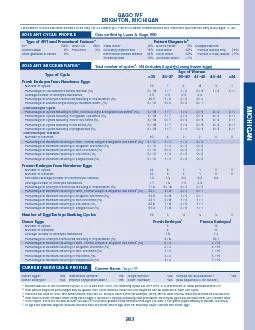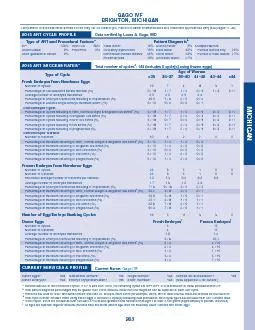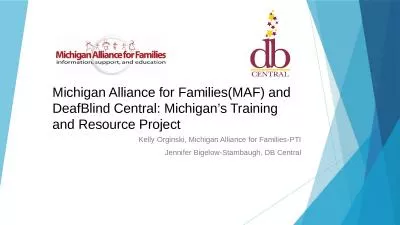PDF-MICHIGANGAGO IVFBRIGHTON, MICHIGAN
Author : mrsimon | Published Date : 2020-11-20
263 Comparison of success rates across clinics may not be meaningful Patient medical characteristics and treatment approaches vary see pages 1115020 2015 ART CYCLE
Presentation Embed Code
Download Presentation
Download Presentation The PPT/PDF document "MICHIGANGAGO IVFBRIGHTON, MICHIGAN" is the property of its rightful owner. Permission is granted to download and print the materials on this website for personal, non-commercial use only, and to display it on your personal computer provided you do not modify the materials and that you retain all copyright notices contained in the materials. By downloading content from our website, you accept the terms of this agreement.
MICHIGANGAGO IVFBRIGHTON, MICHIGAN: Transcript
Download Rules Of Document
"MICHIGANGAGO IVFBRIGHTON, MICHIGAN"The content belongs to its owner. You may download and print it for personal use, without modification, and keep all copyright notices. By downloading, you agree to these terms.
Related Documents














